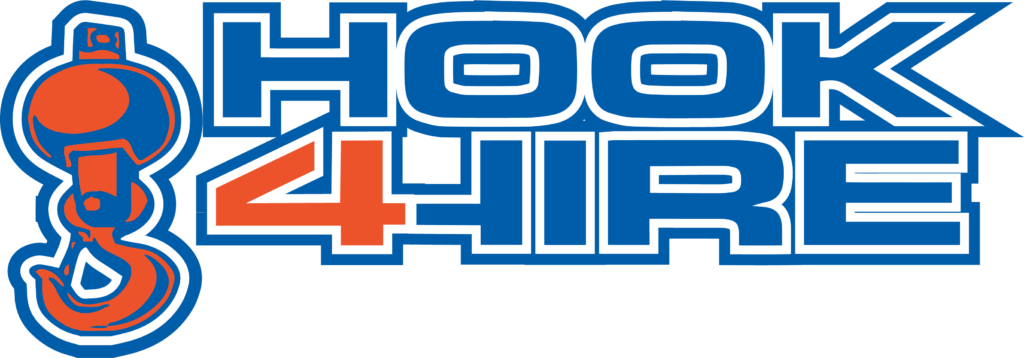Rigging is the process of using wire ropes, straps, hooks, and other hardware to move heavy loads that cannot be lifted by hand. It is used in various industries and settings to carry cargo and materials safely. Proper rigging is even essential for a safe and successful move and can prevent property damage or injury.
To avoid accidents, users must follow strict safety guidelines. To ensure proper usage, users should take several steps, including:
- Familiarizing everyone with the information in the equipment user manuals. OSHA and other regulating bodies have set strict standards for safety and operation that we always follow
- Regularly maintaining all rigging and lifting equipment
- Training all operators on the appropriate use of all rigging and lifting equipment
But what type of rigging equipment can you use? See below the types of rigging hardware and find out which one you can choose.
Types of Rigging Hardware
Many different types of rigging hardware are available, each designed for specific weights, situations, and environments. Some common types of rigging hardware include:
1. Hooks
Rigging hooks are used to lift heavy objects and keep them from slipping. They come in different shapes and sizes, each one better for different weights and materials. The most common styles include:
- Hoist hooks
- Lifting hooks
- Rigging hooks
- Sling hooks
2. Eye Bolts
Different types of eye bolts are used as anchor points for cables or wires, depending on the angle of the load. Types of eye bolts include:
- Lag eye screws
- Screw eye bolts
- Shoulder eye bolts
- Straight eye bolts
- U-bolts
3. Steel Nuts
Different steel nuts are used with eye bolts for various rigging applications. Most steel nuts are made of type 316 stainless steel. Common nut types include:
- Ball ends
- Dome nuts
- Hex nuts
- Lifting eye nuts
- Wing nuts
4. Wire Ropes
Wire ropes, which are made of stainless steel and come in various sizes and strengths, are used for rigging, mooring, and lifting. You can use the wire ropes with lips, thimbles, and sleeves.
5. Pulleys & Blocks
Blocks are essential for moving heavy loads as they reduce the required force. The snatch block is the most common type, but swivel blocks and square blocks can also be used for specific tasks.
Blocks are easy to deploy and come in different sizes to support loads of up to 30 tons. Pulleys, both single and double varieties, are often used with rigging ropes to secure objects. The type of pulley you need depends on the frame, rope, and even the size of a sheave.
Choose the Best Hardware for Rigging and Lifting
Different rigging equipment is better for different lifting situations, depending on the weather conditions, the materials it will be lifting, and the type of work it will be used in.
For example, different harnesses (breast collar or breast strap) may be used as saddle rigging hardware for horses, depending on the workload. Rigging hardware is also helpful for other recreational activities, like rock climbing or water skiing (using links, snaps, eye bolts, and D-rings to stay safe).
Conclusion
There is always one optimal rigging hardware to use for a specific job; all you need to know is know which will work best for your project. With so many options available, it would be tough to know which is right for your needs.
When in doubt, always consult with an expert. Rigging equipment and other heavy hardware is a critical safety component in many industries, businesses, and recreational activities. Hook4Hire provides a variety of rigging products to meet your needs.
At Hook4Hire, we have years of experience helping people truck their heavy items safely and efficiently. If you need help choosing the proper rigging equipment or trucking service in Kentucky, don’t hesitate to contact us – we would be happy to help!
